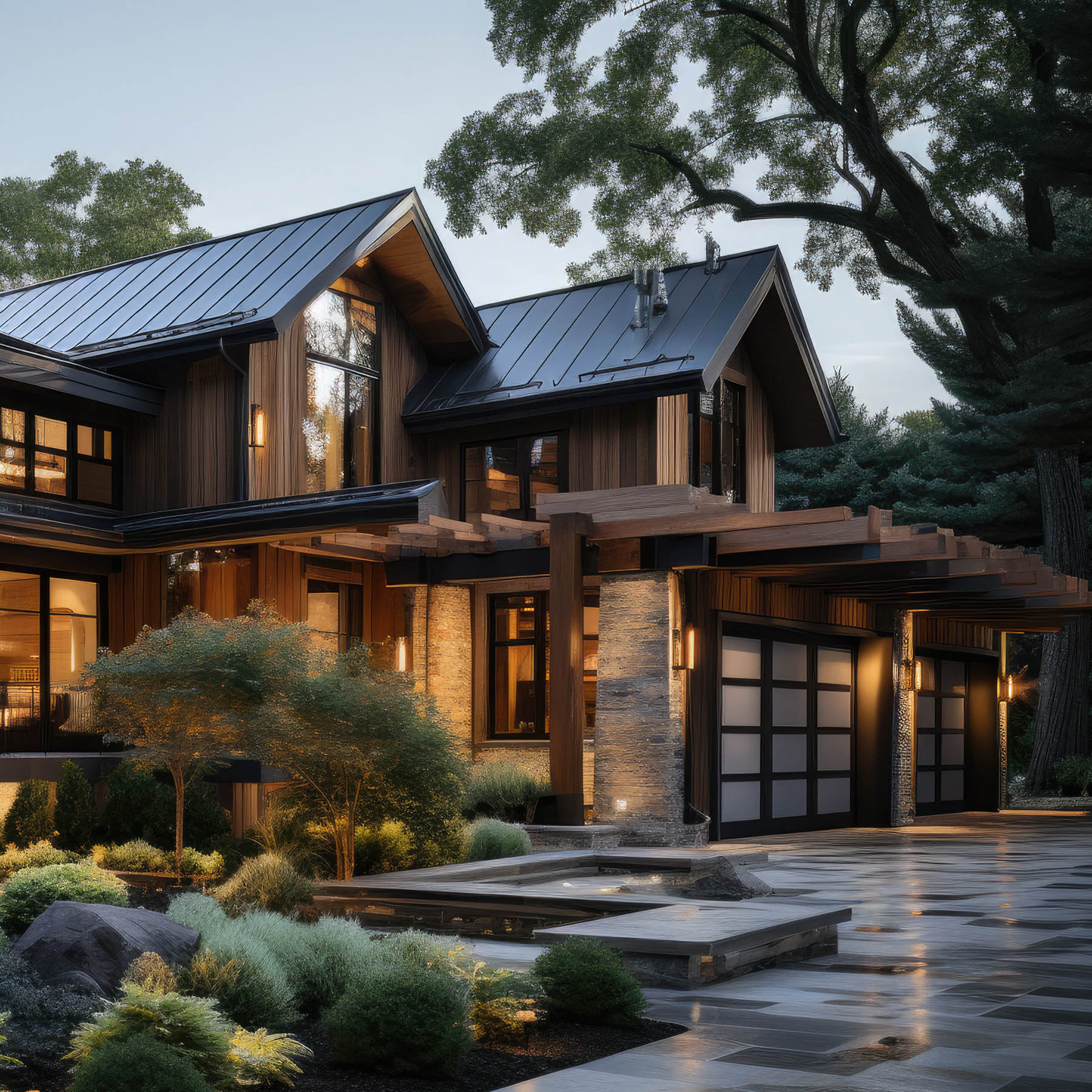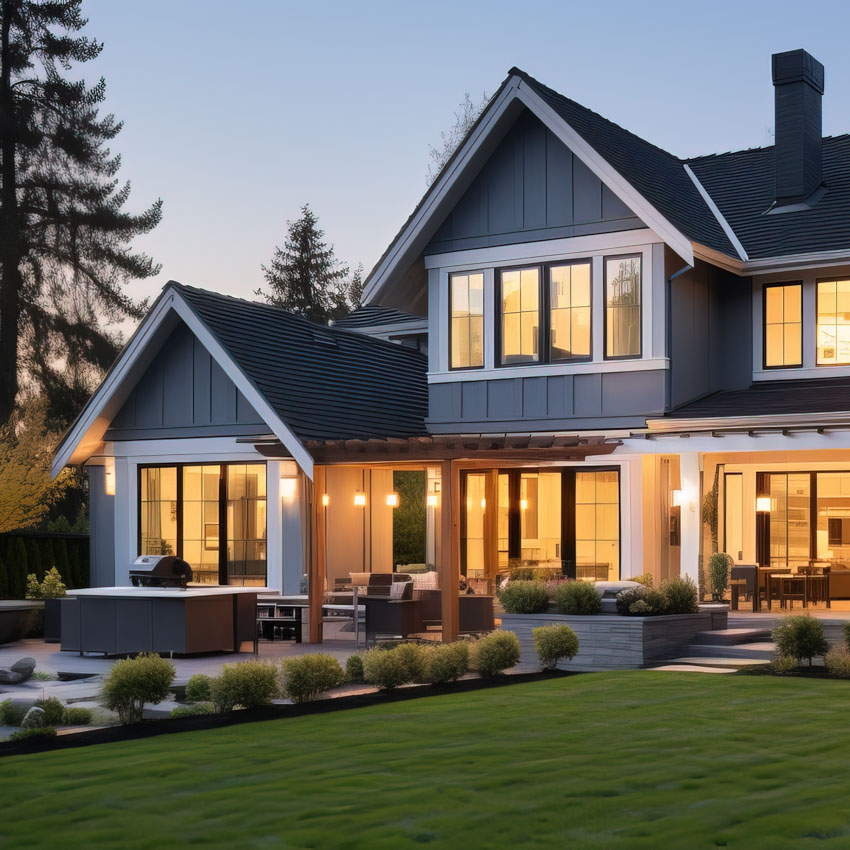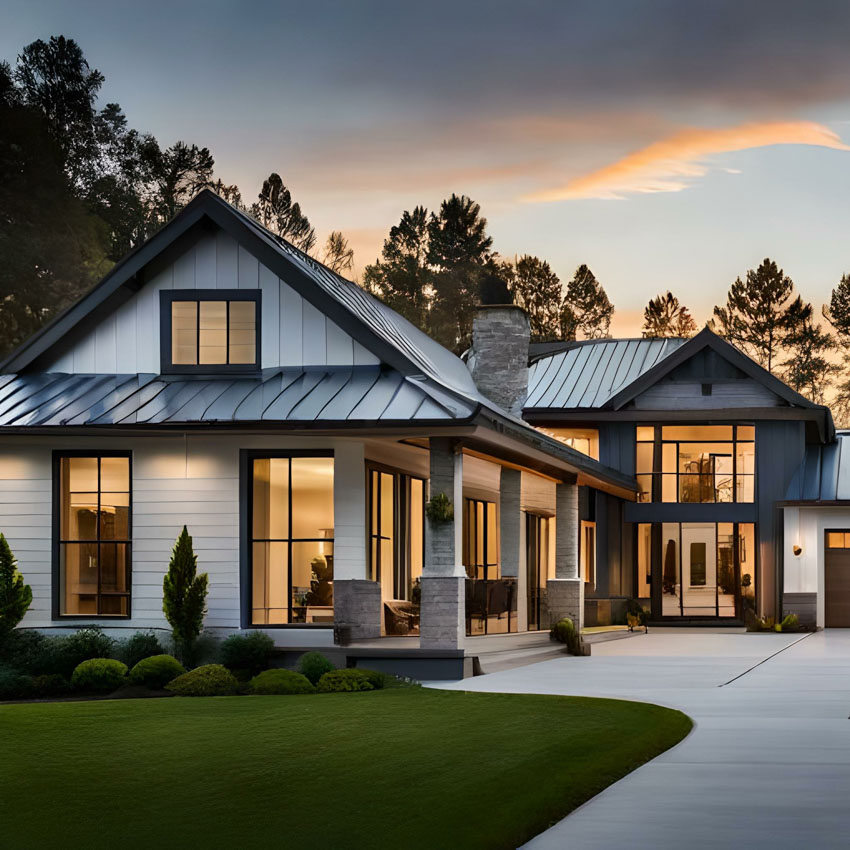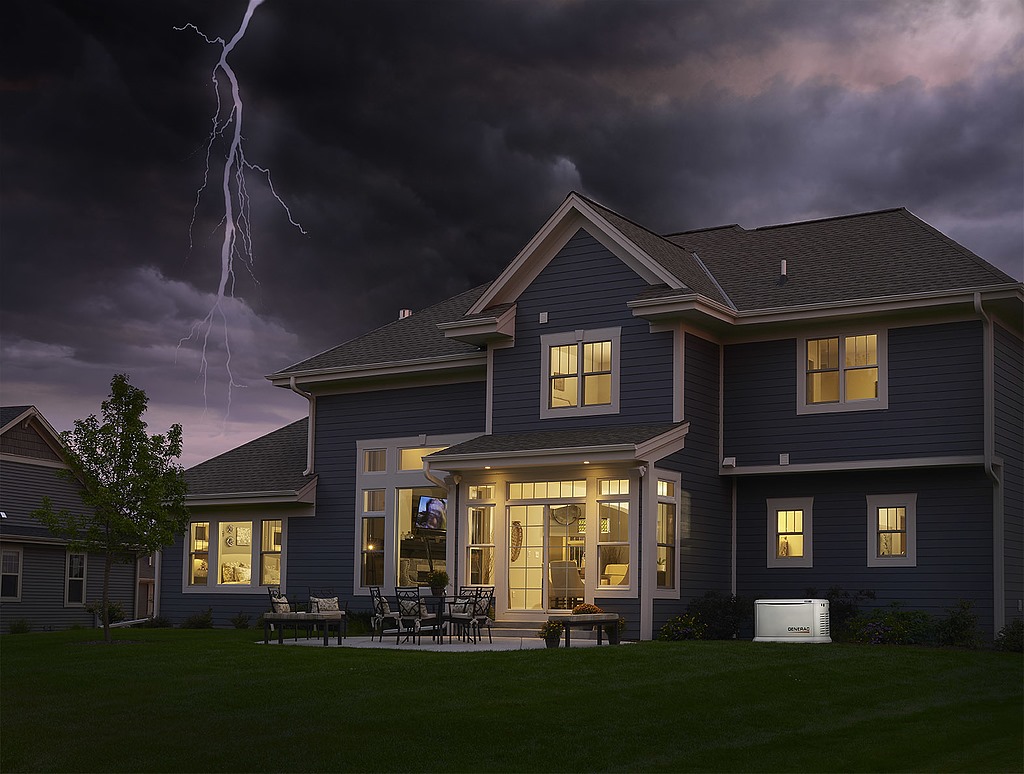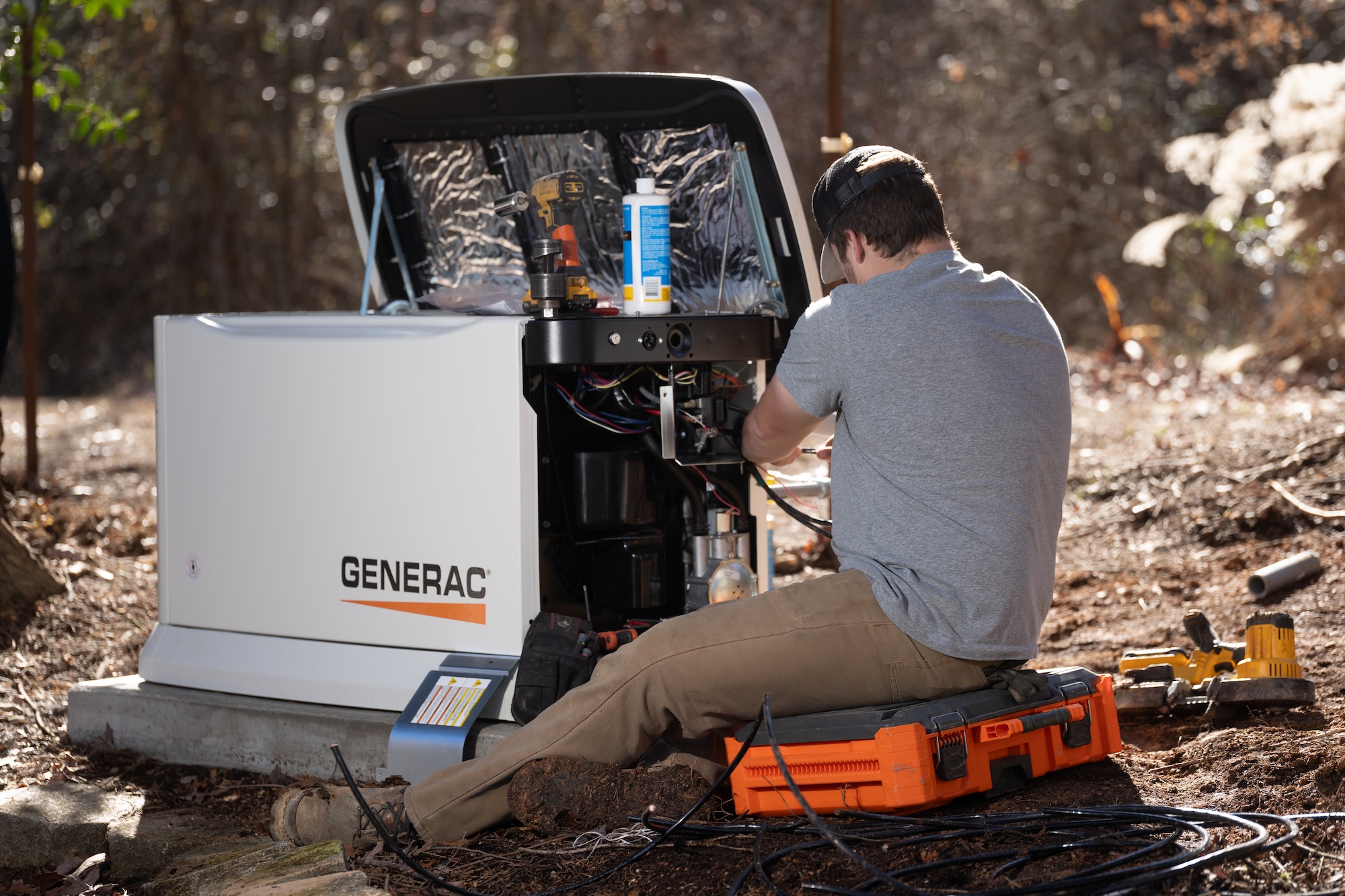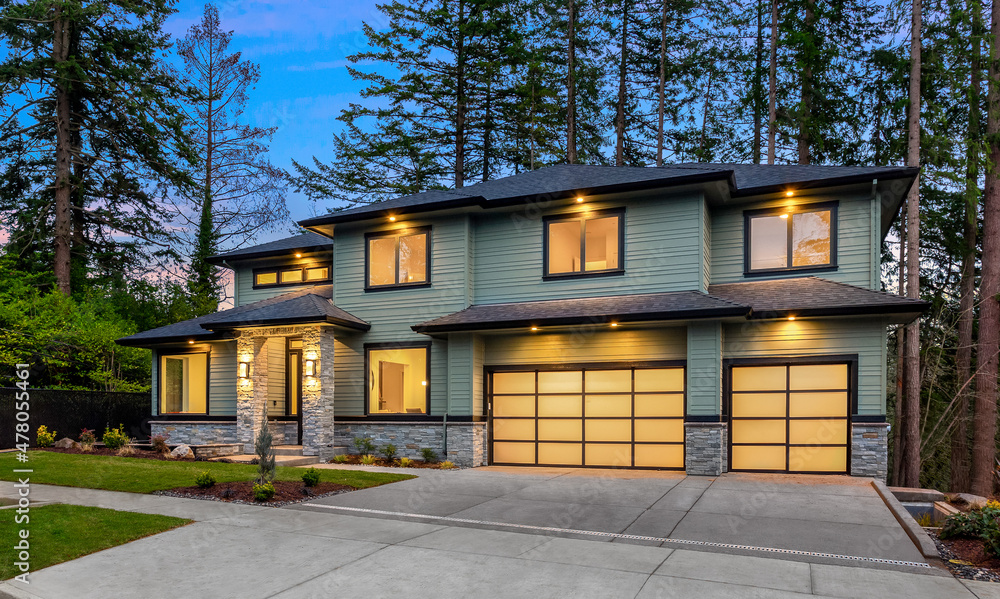Generator Placement: How Far From Your House Is Safe & Smart?
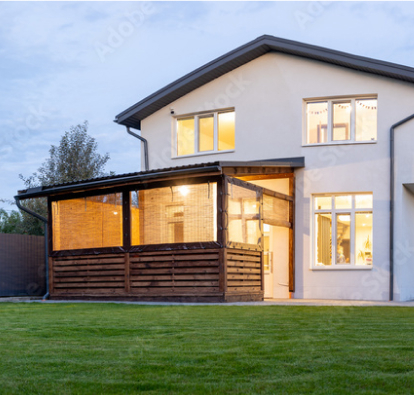
You’ve decided to protect your home and family with a standby generator – a smart move for ensuring comfort and security during power outages. But buying the generator is only half the battle. Where you install it is one of the most critical decisions you’ll make.
Placing a generator isn’t just about finding an empty spot in your yard. It involves a careful balance of safety regulations, performance needs, local laws, and practical considerations. Getting it wrong can lead to serious safety hazards, poor performance, or costly re-installations.
So, how far can a standby generator be from the house? And more importantly, how far should it be? Let’s break down the essential rules and recommendations to help you find the perfect, safest spot.
Why Proper Generator Placement Isn’t Optional
It might seem simple, but the location of your generator impacts everything from its effectiveness to your family’s safety.
The #1 Priority: Safety First
This is non-negotiable. Improper placement creates real dangers:
- Carbon Monoxide (CO) Risk: Generators produce CO, a colorless, odorless, and deadly gas. If placed too close to windows, doors, vents, or even cracks in the wall, these fumes can seep into your home. This is why clearance from openings is a primary rule.
- Fire Hazard: Generators get hot and have exhaust systems that reach high temperatures. Placing them too close to combustible materials (like wood siding, fences, shrubs, or under wooden decks) creates a significant fire risk. National Fire Protection Association (NFPA) codes are designed specifically to prevent this.
- Accessibility: Emergency services and technicians need clear, safe access to the unit. A poorly placed generator can hinder crucial maintenance or emergency response.
Ensuring Top Performance & Longevity
Beyond immediate safety, the right spot ensures your generator works efficiently for years:
- Airflow: Generators need a lot of air to cool themselves and for combustion. Placing them in tight spaces, against walls, or surrounded by dense shrubs can cause overheating, reduced efficiency, and potential engine damage.
- Fuel Supply: For natural gas or propane units, the distance from your meter or tank matters. While lines can be run, excessively long lines can increase installation costs and potentially affect fuel pressure.
- Noise Levels: Generators make noise. While modern units are quieter, placing one right outside a bedroom window isn’t ideal. Strategic placement can minimize disturbances for both you and your neighbors.
- Maintenance Access: Technicians need room to work. Ensuring 360-degree access (or at least as specified by the manufacturer) makes servicing easier and less costly.
The “Rules”: Minimum Generator Distances Explained
There isn’t a single “one-size-fits-all” distance. It’s a combination of national standards, manufacturer requirements, and local laws. Here are the key minimums to know:
The 5-Foot Rule & Beyond (Openings)
- General Rule (NFPA 37): Generators must be at least 5 feet (1.5 meters) away from any operable openings in a building. For a complete and updated list, see the NFPA 37 web page. This includes:
- Windows that open
- Doors
- Air intake vents (including soffit vents and crawl space vents)
- Window wells
- Why? This is the most critical rule for preventing CO from entering your home. Always measure from the edge of the generator to the edge of the opening.
Walls & Structures
- Combustible Walls: If your home has wood siding or other flammable materials, the generator generally needs to be 5 feet away.
- Non-Combustible Walls (with Exceptions): Some manufacturers (like Generac, after fire testing) allow their units to be placed as close as 18 inches from a non-combustible wall (like brick or concrete).
- CRITICAL CAVEAT: This 18-inch rule does not override the 5-foot rule for openings. Even if the wall is brick, if there’s a window nearby, you still need 5 feet from that window.
- Always check the manufacturer’s manual for your specific model and local codes.
Utilities & Obstructions
- Gas Meters: Keep the generator at least 3 feet away, especially from the regulator vent.
- Electric Meters & Panels: You need 3 feet of clear working space in front of your electrical equipment. Don’t block access.
- Air Conditioning Units: Maintain at least 3 feet (or as per manufacturer specs) to ensure proper airflow for both units and prevent hot exhaust from hitting the AC.
- Vegetation: Keep a 3-foot clearance around the generator from shrubs and bushes. Nothing should overhang the unit within 5 feet above it.
- Overhangs & Decks: NEVER install a generator under a deck, overhang, or in any partially enclosed space. This traps CO and heat and violates codes.
Don’t Forget Local Codes!
This is crucial: Your local city, county, or state building codes always take precedence. They can, and often do, require greater distances than the NFPA or manufacturers. Some areas might require 10 feet from the house or 5 feet from property lines. Always verify local requirements before finalizing a location.
Finding the Sweet Spot: Ideal Location vs. Maximum Distance
While there are strict minimum distances, what about the maximum?
Is There a Maximum Distance?
Technically, no. You could place a generator far from your house if you wanted to. However, it’s usually not practical or cost-effective.
Balancing Proximity & Cost
- The Goal: The ideal spot is often as close as safely and legally possible to the electrical panel (where the transfer switch goes) and the fuel supply (gas meter or propane tank).
- Why? Shorter distances mean:
- Less expensive wiring (heavy-gauge wire is costly).
- Less expensive fuel line installation.
- Less potential for voltage drop over long electrical runs.
- Site Survey: A professional installer will conduct a site survey to weigh these factors, considering your property layout, existing utilities, and landscaping.
Other Considerations
- Foundation: The generator needs a stable, level surface, typically a pre-cast concrete pad or poured concrete. Ensure this location is well-drained and not prone to flooding.
- Aesthetics: While secondary to safety, consider how the generator will look and sound. Can it be screened with code-compliant landscaping (maintaining clearance)?
Don’t Guess: Why Professional Installation is Crucial
Reading about codes is one thing; applying them correctly is another. Installing a standby generator involves high-voltage electricity and fuel lines – it’s not a DIY project.
A qualified, licensed installer (like Premier Generators) brings essential expertise:
- Code Knowledge: They know the national and local codes inside and out.
- Site Assessment: They can identify the safest, most efficient, and code-compliant location.
- Permitting: They handle the necessary permits and inspections.
- Proper Sizing & Connections: They ensure the generator, wiring, and transfer switch are correctly sized and installed for safe operation.
- Warranty Protection: Professional installation is often required to keep your manufacturer’s warranty valid.
Generator Placement FAQs
1. Can I put my standby generator in the garage or shed? Absolutely not. Generators produce deadly carbon monoxide and must be installed outdoors with proper ventilation and clearances. Never run one in any enclosed or partially enclosed space.
2. How far should a generator be from windows or doors? The standard minimum is 5 feet from any operable window, door, or vent. Check your local codes, as they might require more.
3. Do I need a permit to install a standby generator? Yes, almost always. Installation involves significant electrical and potentially gas work, requiring permits and inspections from your local building authority.
4. Can I install my generator under my deck? No. This is extremely dangerous. It traps heat and deadly CO, posing a severe fire and health risk. It also violates building and fire codes.
5. What’s the average cost of installing a standby generator? Costs vary widely based on the generator size, your home’s electrical setup, fuel type, placement distance (affecting wiring/piping costs), and labor rates. The best way to know is to get a free consultation from a professional.
The Right Spot for Reliable Power
Choosing the right location for your standby generator is just as important as choosing the right unit. By understanding the rules—especially minimum clearances for safety—and working with a qualified professional, you can ensure your generator provides reliable, safe power for years to come.
